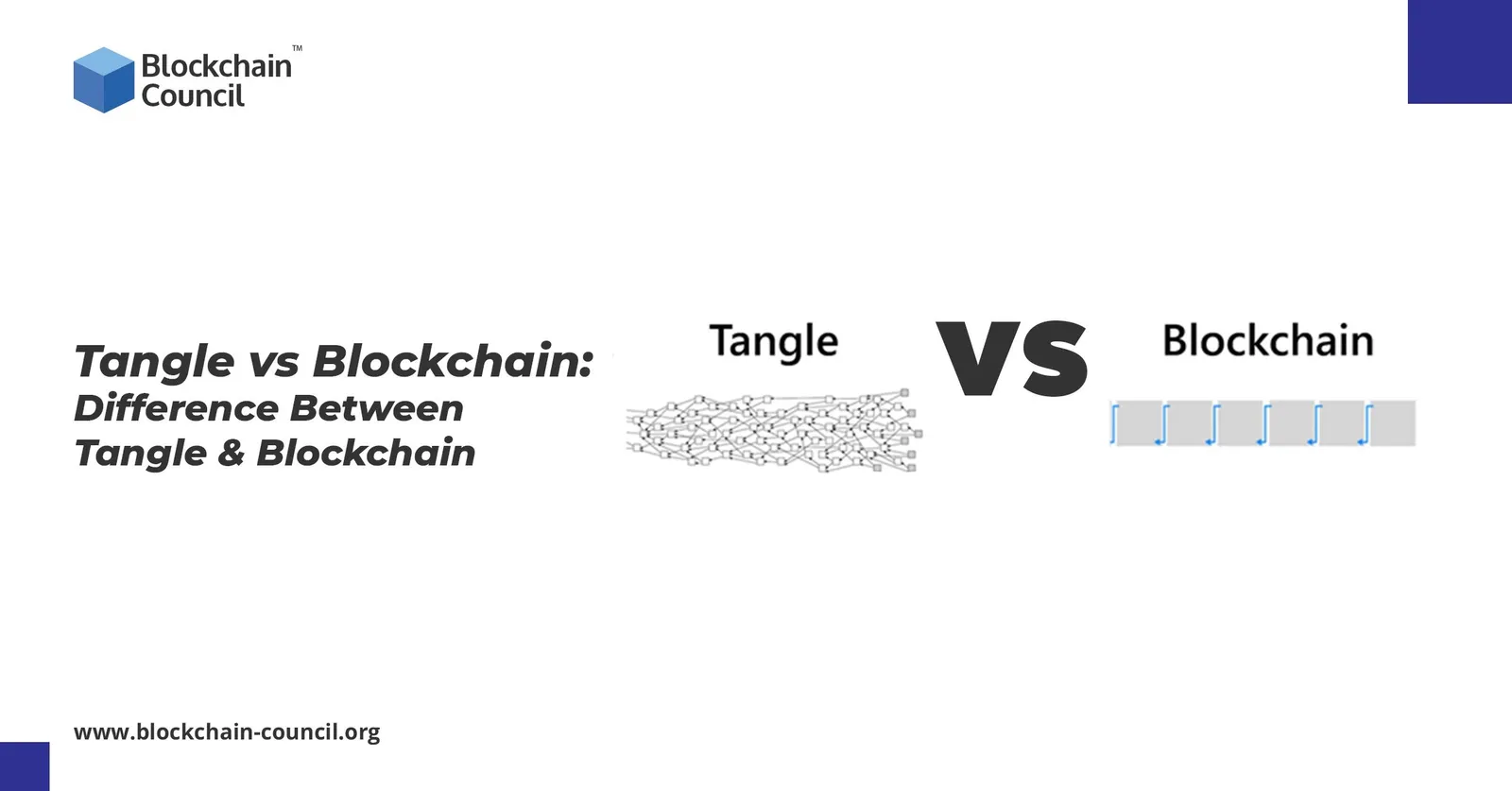Tangle vs Blockchain: Difference Between Tangle & Blockchain
Cryptocurrency is a digital medium of exchange that uses encryption to send and receive money. The most frequently utilised cryptocurrency for which Blockchain technology was created is Bitcoin. Despite the fact that Blockchain has been the standard cryptocurrency technology for the past few years, concerns about speed and scalability have led to the creation of other solutions.
Tangle is a relatively young cryptocurrency. In this essay, we’ll look at the latest dispute between Tangle and Blockchain to see which is the better option.
What is Blockchain?
Blockchain is a transaction ledger that is cryptographically secure. Bitcoin, Litecoin, and Ethereum, as well as other cryptocurrencies, are all accepted. The ledger is made up of transaction blocks that are cryptographically connected to each other. Each block is linked to the previous one, preserving the ledger’s whole history.
All of the machines involved in these transactions are known as nodes. Each node authenticates transactions independently. This means that after both nodes have confirmed a transaction, it can proceed.
Want to learn more about Blockchain Technology? Blockchain certification courses could be the best to get started with.
What is Tangle?
Tangle is a bitcoin transaction technology that works in a similar fashion to Blockchain. Here, a directed acyclic graph (DAG) is used, which is similar to a distributed ledger. DAG is not governed by any external entity, such as a bank or a financial organisation.
Tangle is IoT-friendly, which is the cherry on top (Internet of Things). The Internet of Things (IoT) is a network of interconnected devices that can exchange data and communicate with each other. Tangle will be able to conduct large-scale transactions between multiple linked devices swiftly and seamlessly as a result of this.
What are the differences between a tangle and a blockchain?
Structure — A blockchain is made up of a lengthy, ever-growing chain of nodes, or data blocks, each one linked to the one before it. A tangle, on the other hand, is made up of data nodes that all flow in the same direction. And, unlike blockchain, which may technically loop back on itself in a circular pattern, the tangle can only go in one direction at a time and cannot reverse. This enables speedier data transport.
Security – Due to its arduous block-formation process, which involves the solution of a mathematical problem and verification through group consensus, blockchain has a higher level of security. Before a device can complete its own transaction and thus create a data node, it must first validate two previous transactions. The tangle is less secure than blockchain due to this less robust procedure.
Decentralization — Both blockchain and the tangle are decentralised systems, which means they are free of outside meddling and the fees and hurdles that come with it. The tangle, however, has had to erect a safety net, which it refers to as a “coordinator node.” This node effectively puts a centralising aspect into the tangle’s structure, putting to rest claims that it allows for entirely independent, uninterrupted transactions between IoT units.
Wrapping up
In this case, blockchain has a clear advantage. It’s significantly more secure than Tangle and supports decentralised apps. Blockchain is becoming more popular among businesses and users for cryptocurrency transactions.
Tangle is still in its infancy and has faults. The technique can’t be labelled truly decentralised because it relies on a central coordinator node. This node checks that transactions are genuine, however Tangle data is not entirely self-contained in this regard. Because the node addition protocol is less precise than Blockchain, it is also less secure.
#blockchain technology #blockchain professionals #blockchain platform #blockchain platform #blockchain council
